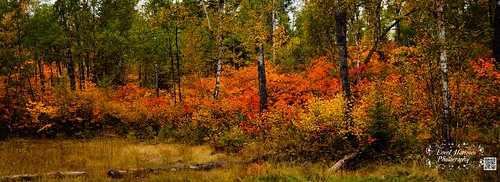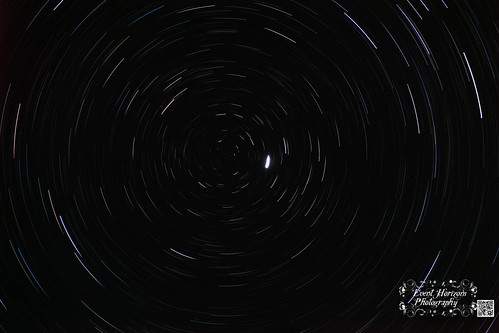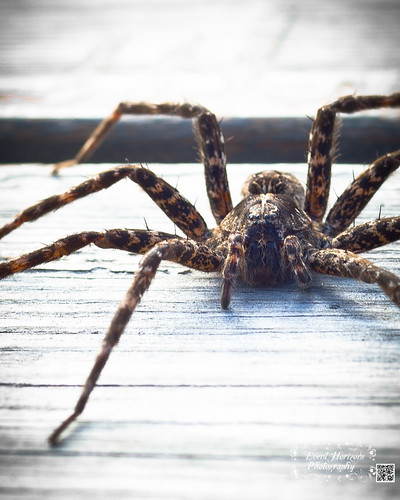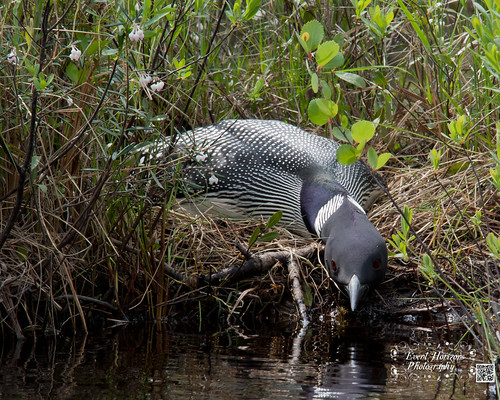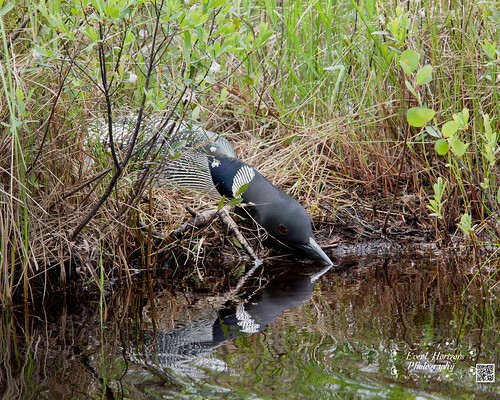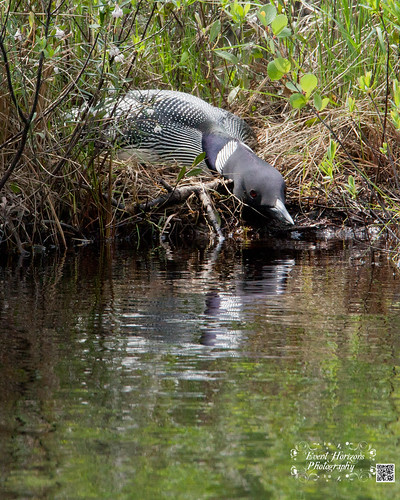I recently had the pleasure of shooting some product photography for Family Tree Knits.
Family Tree Knits is a local (Winnipeg) based knitting centric entrepreneur, in the process of releasing some very affordable knit patterns on the popular
Ravelry knitting website. The skill and craftsmanship of the prototypes was stunning, and the idea of combining birthstone colors into an heirloom knit piece is brilliant!
The first peice, "Family Tree Cowl" uses birthstone colors to represent each of your family members, so no two cowls will be alike! Half the fun is in figuring out your family’s set of colors and deciding how to place them, and just like families, the combinations will be unique.
The finished item is like having a family ring, in the form of a hand knit, with lots of history and significance. Yours can include whatever constellation of family you’d like to represent, your immediate or extended family, even pets! Grandmothers would love one representing each of their grandchildren.
The pattern is a twisted rib stitch which has a lovely texture. It is simple enough for a beginner, but the color changes and placement will keep an experienced knitter interested.
The pattern comes with a list of birth months and their corresponding birthstone and color.
So check out
Family Tree Knits for this pattern, and check back here for more patterns as they become released!
If you buy both the Family Tree Cowel and the
Scarf, it is $1 off each, or $6 for both patterns.
Join the new
Family Tree Knits group to share pictures and participate in the KAL to win prizes (including a yarn prize!)
All photos on this page are copyrighted, and may not be used without consent in writing from the owner. Please use the contact eventhorizonsphoto@gmail.com for more information.
